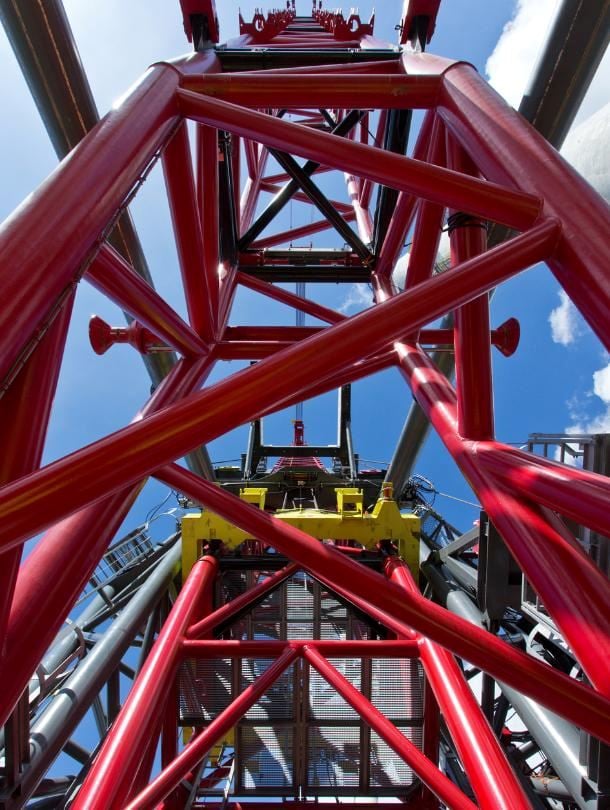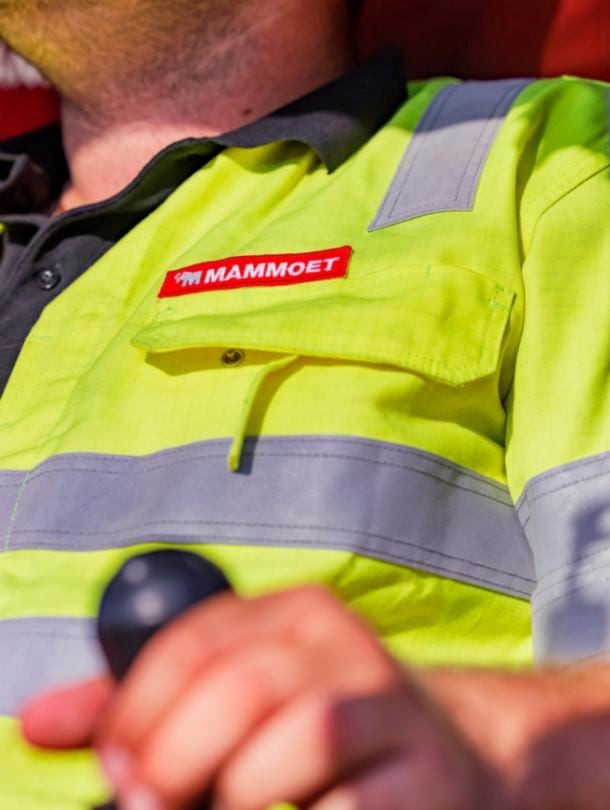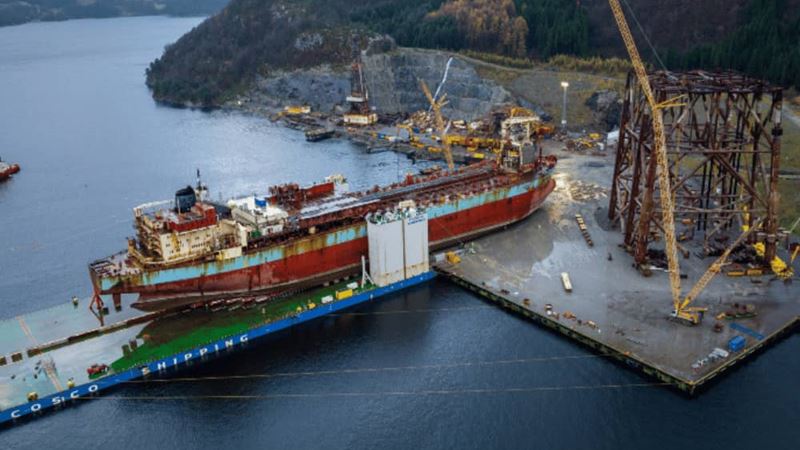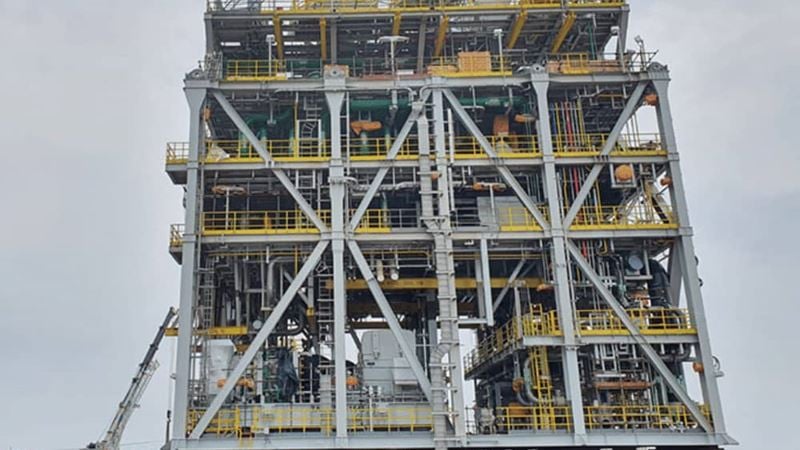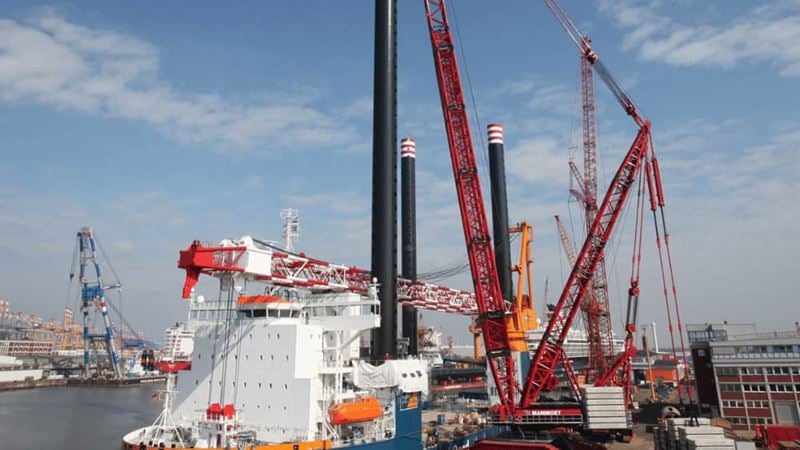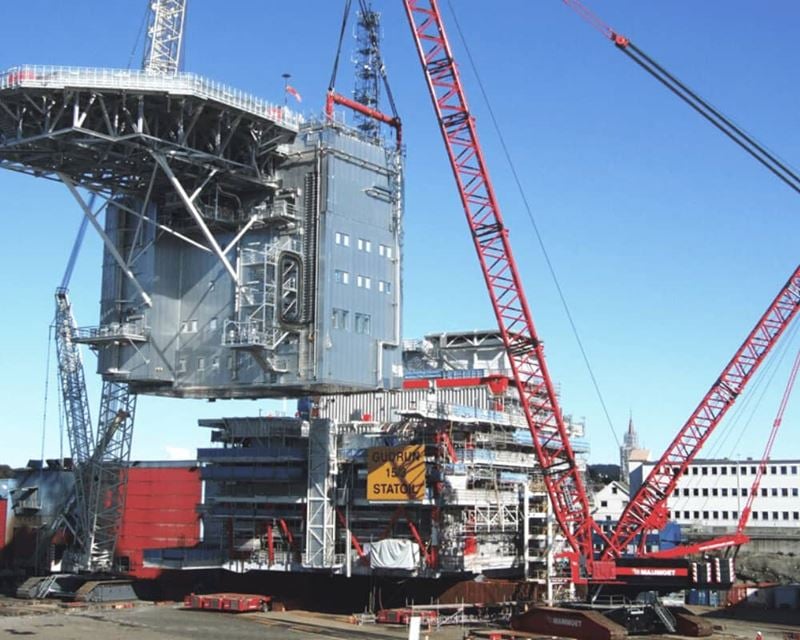
Sector:
Offshore
Expertise:
Load-in & load-out
Heavy transport
Crane lifting
Benefits:
Optimized schedule
Protected infrastructure
Parallel operations
Location:
Thailand
Norway
Creative site-moves to manage deadlines and increase productivity.
Off the Norwegian coast lies the Gudrun oil and gas field. Statoil built a 12,000-ton deck to operate the field. Building the entire platform in the volatile Norwegian weather conditions at high labor costs was not an option.
Therefore, it was decided to build half the deck in Norway and the other half in Thailand. While this shortened the construction process considerably, it also required the Thailand module to be transported over 18,000 km and mated with the Norwegian one before installation at sea.
Mammoet managed this project entirely and united the modules within six weeks.
The operation included the load-out in Thailand, load-in in Norway, and mating of several sections that had to be positioned to the exact millimeter before they could be welded together. Once mated, Mammoet had to move the entire deck from the construction hall onto a quay.
This posed an additional challenge, as the quay wouldn’t fit the train of SPMTs required to transport the deck. Mammoet’s parallel approach made it possible to streamline and expedite the large-scale project.
While the 6,000-ton module was being loaded out on 234 axles SPMT lines on the other side of the world in Thailand, Mammoet installed living quarters on top of the module in Haugesund, Norway.
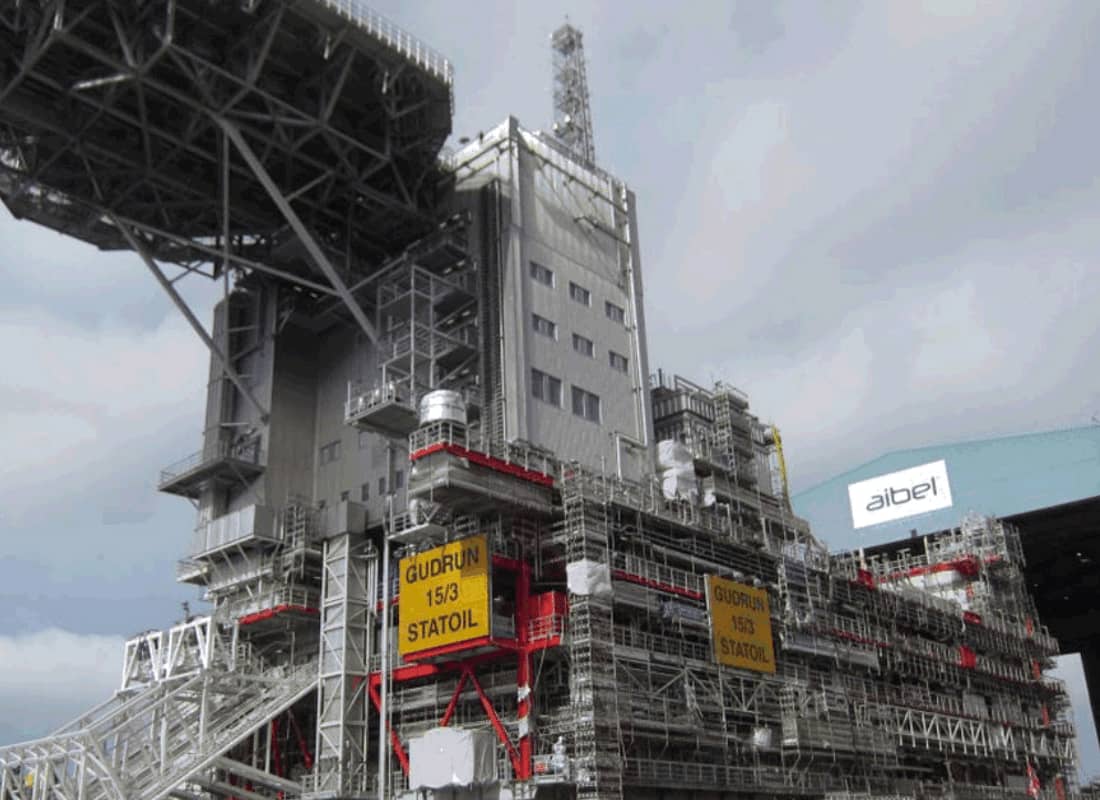
Upon the arrival of the Thailand module in Haugesund six weeks later, it was connected to the Norwegian part of the deck. The entire structure then had to be moved onto the quay, in order to free up the production hall for another project. But while the deck itself would fit on the quay, the train of SPMTs carrying it was too long.
Mammoet solved the issue by temporarily extending the quay with a barge. This allowed the SPMTs to roll the deck out of the construction hall and onto the quay for load-out. There, the final construction activities could take place.
Being in charge of lifting and moving the modules during the whole operation enabled Mammoet to optimize both the production process and transport schedule. Working simultaneously in two different locations resulted in considerable overall time savings, whereas the one-stop approach provided the insurance that all deadlines would be met.
While working at the Norwegian yard, Mammoet also repositioned the structure to free up valuable yard space. This helped the customer to start a new project and increase its productivity. The full 12,001-ton Gudrun platform was loaded out by Mammoet before it was mounted onto the offshore jacket in the North Sea, ready to start production in 2014.
